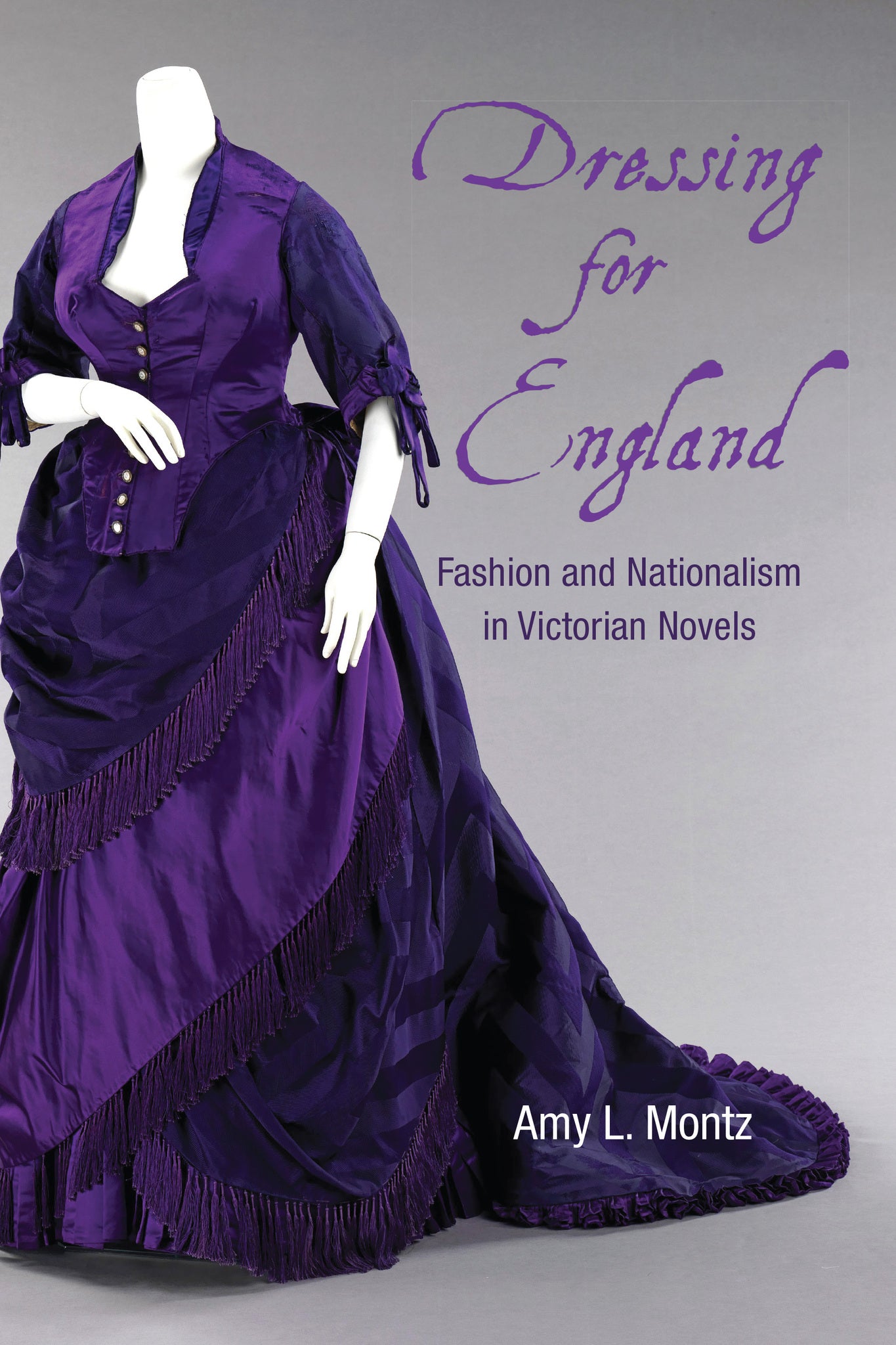We're sorry. An error has occurred
Please cancel or retry.
Dressing for England

Some error occured while loading the Quick View. Please close the Quick View and try reloading the page.
- Format:
-
01 December 2025

Illuminates the interplay of gender, fashion, and nationalism in Victorian literature and culture.
Dressing for England argues that women's interest in fashionable clothing—in dress that appealed to a sophisticated, cultured, and continental society—was viewed in two ways in nineteenth-century England: as a superficial feminine habit, on the one hand, and, on the other, as a dangerous tool women used to control how they were perceived. Dress could be a means of not only conveying extravagance or beauty but also influencing society at home and expressing Englishness aboard. Victorian women turned the world of fashion into an arena of feminine power. Reading well-known novels by Gaskell, Thackeray, and Eliot alongside clothing and cultural ephemera, Dressing for England shows how evolving fashions—shawls, crinolines, turbans, corsets, hats—reflected shifting notions of class, gender, and Empire and enabled women to shape both their own identities and national consciousness.


"Montz reads several canonical nineteenth-century British texts—Thackeray's Vanity Fair, Gaskell's Cranford, Eliot's Middlemarch—as well as the dress of Suffragettes to reveal the ways that real and fictional Victorian and Edwardian women used fashion and clothing choices to express national identity, to communicate cultural allegiance, and to assert sociopolitical power. Dressing for England makes a welcome contribution to the ongoing and important work of recovering the ways in which nineteenth-century women asserted their own agency and defied and circumvented conventional gender roles." — Brent Shannon, The Cut of His Coat: Men, Dress, and Consumer Culture in Britain, 1860–1914



